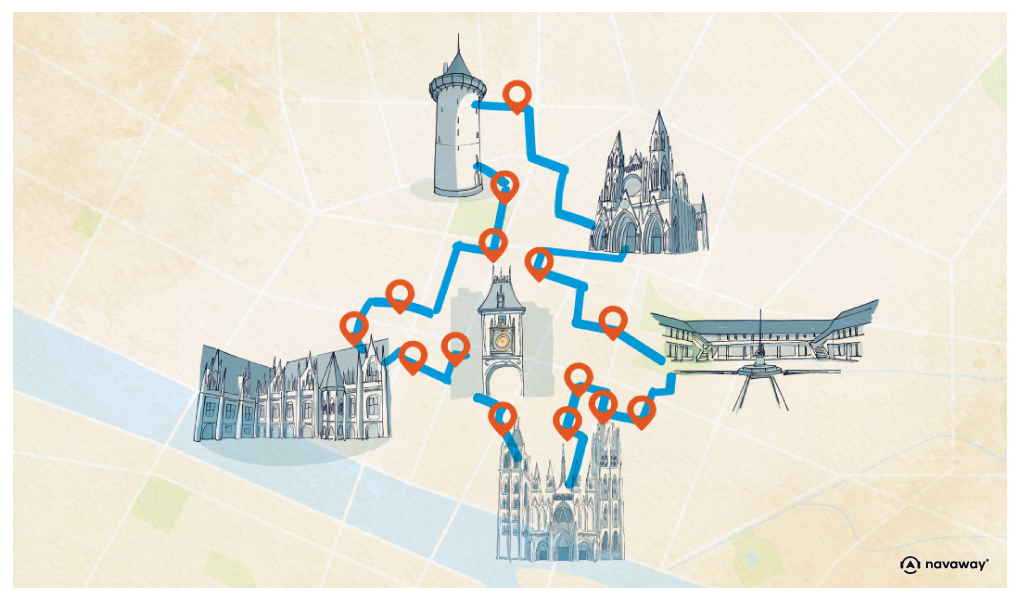
Former Finance Office
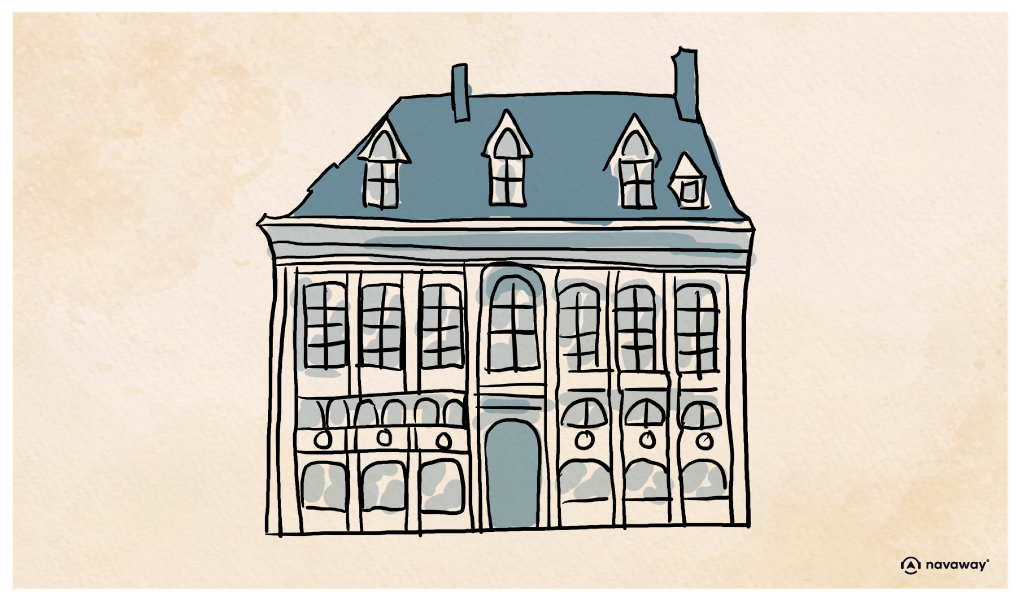
This point of interest is available as audio on the tour: Visit Rouen, Normandy’s number-Rouen on the Seine
It’s hard to look away from the stunning Rouen Cathedral, towering over the square that bears its name. And yet, if you manage to do so, you’ll discover myriad more hidden gems nearby, starting with this corner building and its striking façade. This little-known architectural gem is actually one of the last remnants of Rouen’s Renaissance past. Between 1400 and 1600, Rouen’s economy was booming. Its sea trade was thriving with herring fishery in the Baltic region and cod fishery in the Grand Banks of Newfoundland. Add to that its bustling import-export business across Europe with a view to meeting the needs of its metalworking, silk and drapery industries. The locals would even travel as far as Rome to obtain alum, the chemical compound used for textile dyeing. As for the dyes, they traded with the Canary Islands and Brazil. This global outlook brought great wealth and a renewed interest in architecture, which was rather neglected up to then. And so, around 1510, Thomas Bohier, the city’s Director-General of Finances, had this edifice built to house the former Finance Office. Think of it as an early version of a modern-day Treasury. The work was entrusted to none other than Roulland le Roux, who designed the cathedral’s central portal and rose window. And let’s just say that, once again, he did not disappoint. He constructed a beautiful Louis-XII-style building with Gothic and Early Renaissance influences, playing with proportions and perspective. Think Gothic lines and motifs mixed with sumptuous Italian-inspired ornamentation and decor, such as medallions, arabesques and big chandeliers. Miraculously surviving both World Wars, though with some interior damage, the edifice has been listed as a historical monument ever since 1926. Its façades and roof were intact and yet restored and remodeled several times over the years. After serving as a finance office, a prison, a theater, and even a shop, the building now houses the city’s tourist office. The ground floor and courtyard are open to the public. By 2025, you’ll also be able to visit Claude Monet’s former studio on the second floor. This is where the artist painted part of his famous Rouen Cathedral series back in the 1890s. Mark the date for this upcoming must-see attraction!


Discover Rouen with app
An interactive guide through the most beautiful streets, squares, and districts
27 fun audioguides full of historical facts, anecdotes, and legends
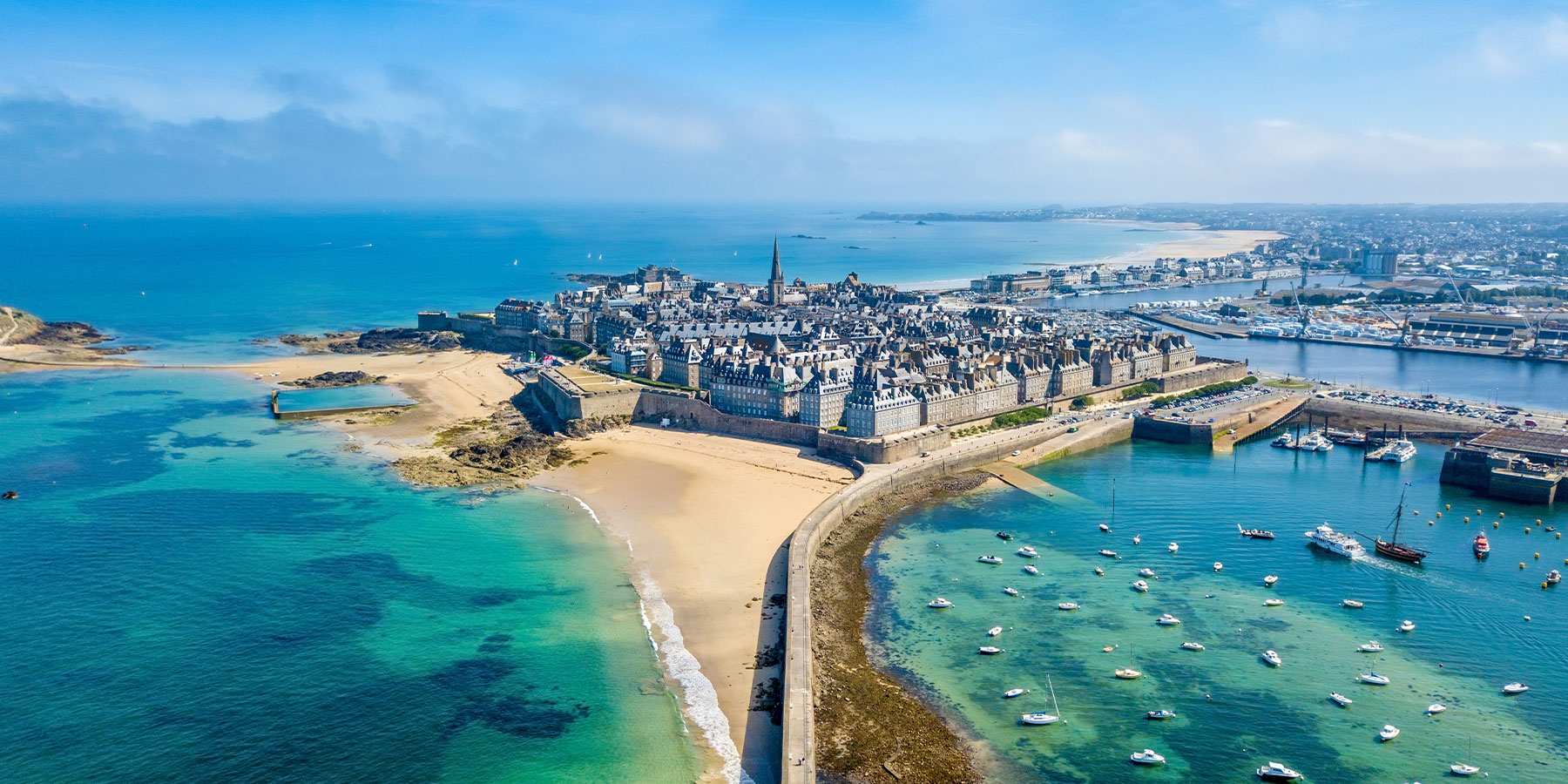
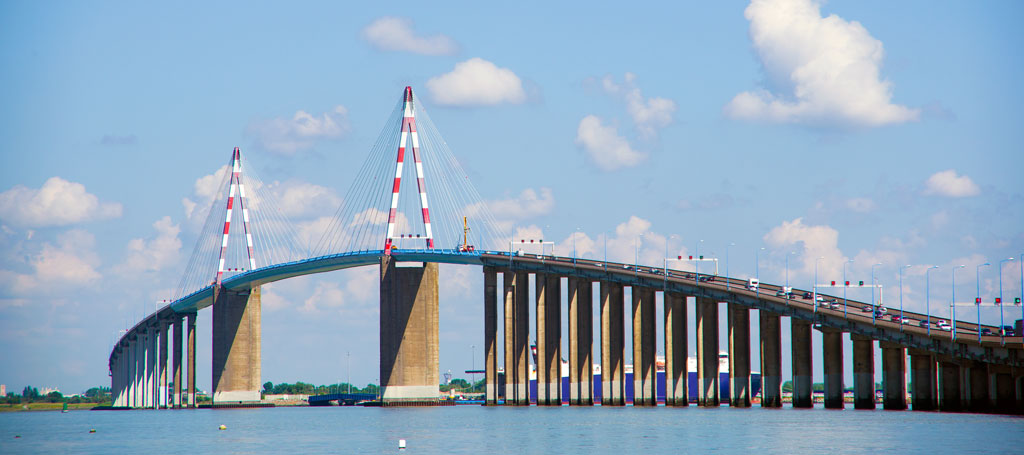
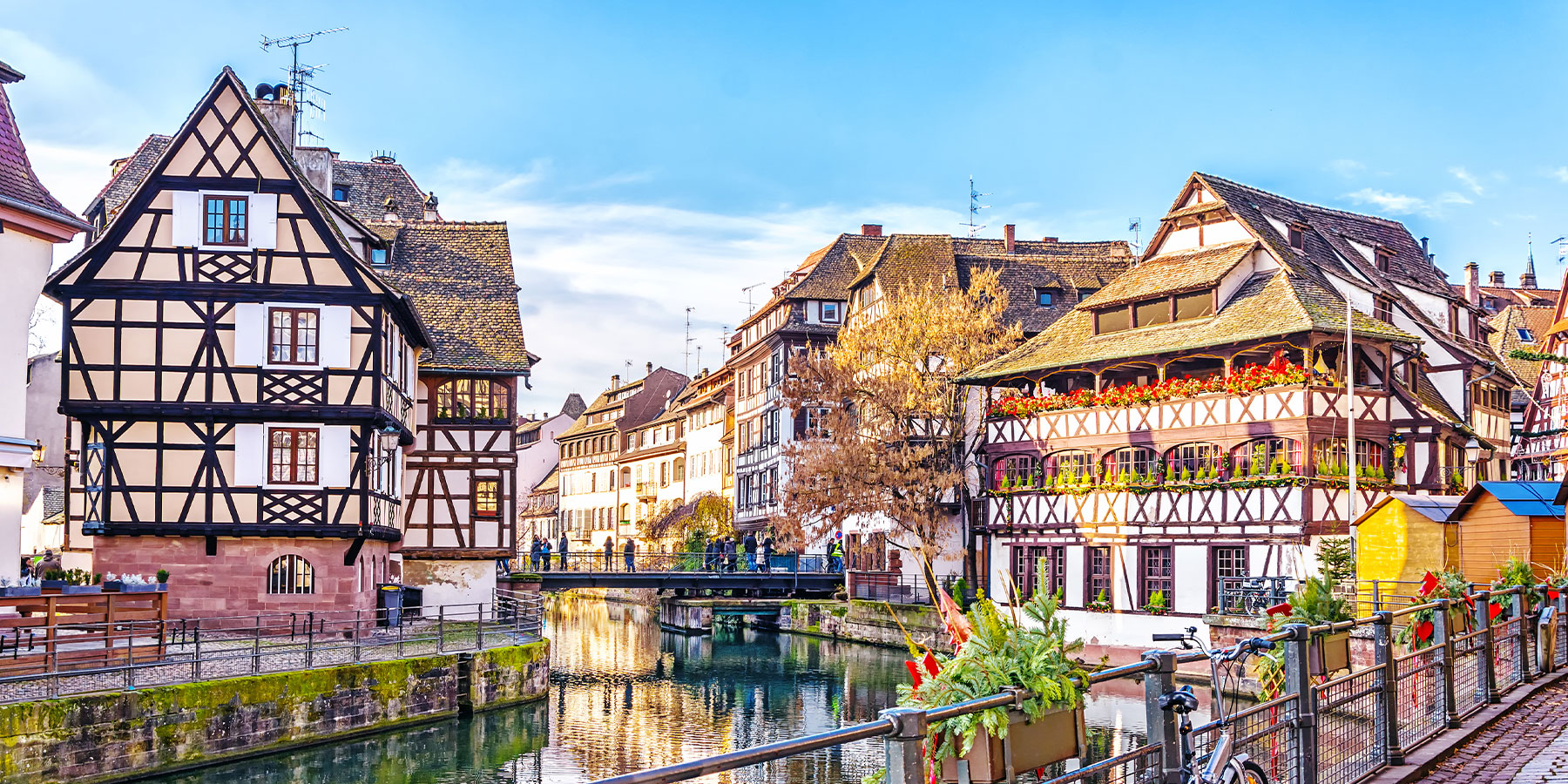


Comments